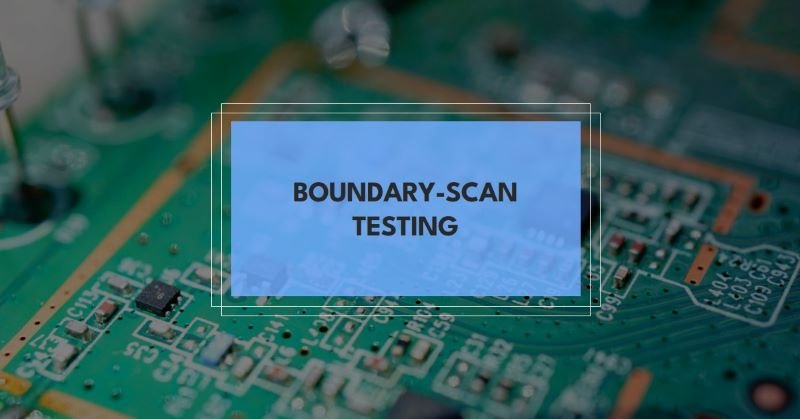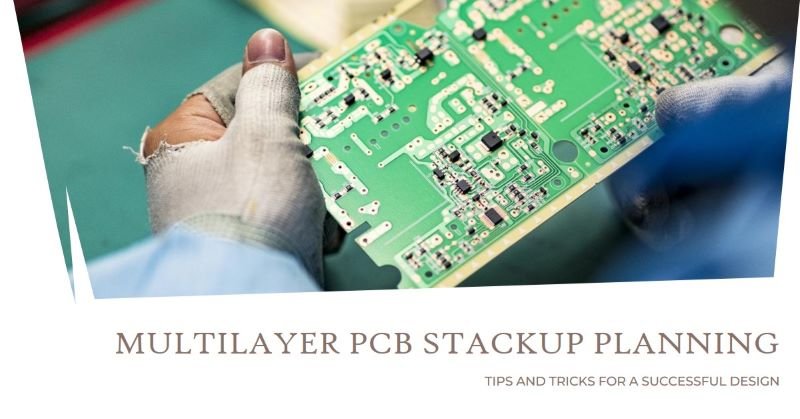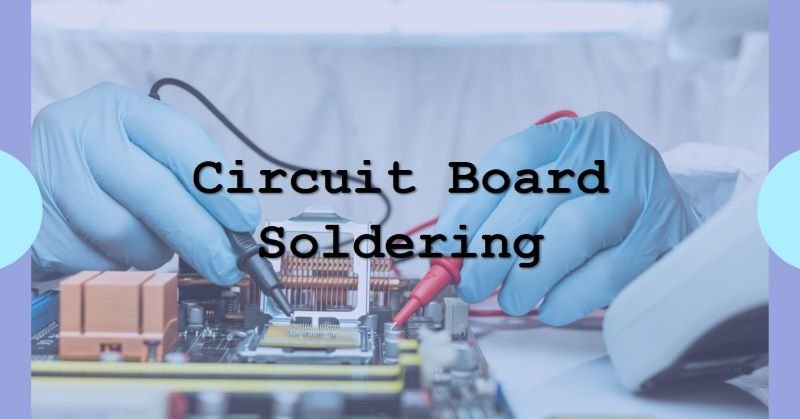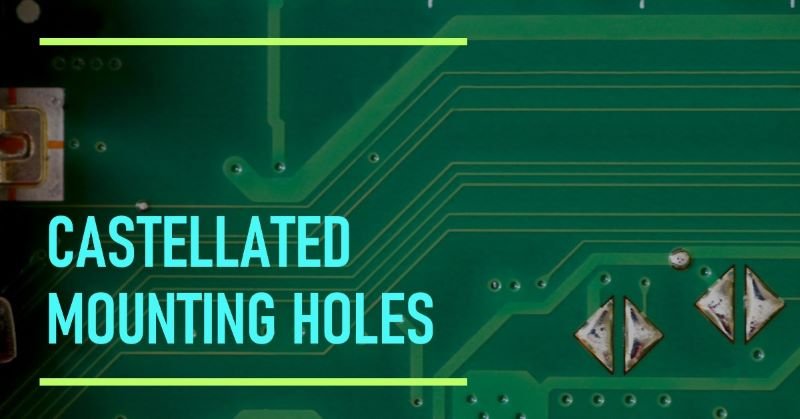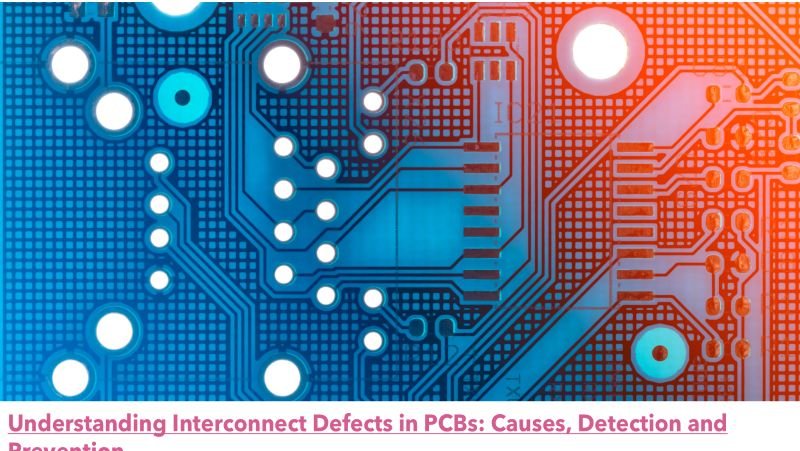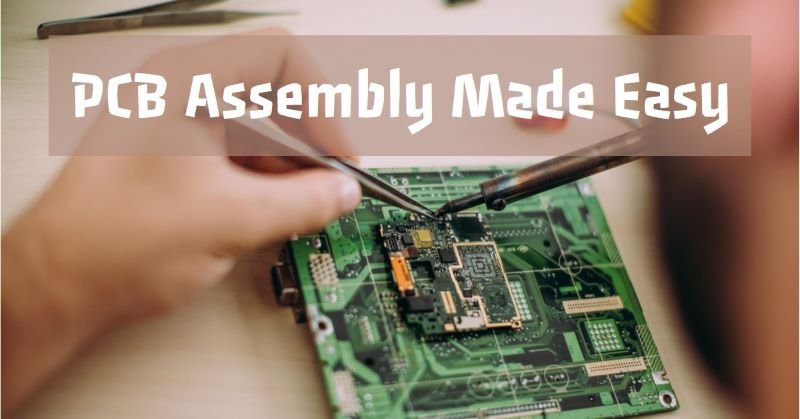Benefits of Boundary-Scan for PCB assembly testing
Introduction
Boundary-scan testing is a powerful technique that has revolutionized the field of PCB assembly. It offers numerous benefits and has become an essential tool for ensuring the quality and reliability of electronic products. In this blog post, we will explore the advantages of boundary-scan testing and how it can greatly benefit PCB assembly processes.
What is Boundary-Scan Testing?
Boundary-scan testing, also known as JTAG (Joint Test Action Group) testing. It is a method used to test and debug digital integrated circuits (ICs) on a PCB. It allows for the testing of individual pins or nets, even when the IC is already soldered onto the PCB. This non-intrusive testing technique uses a standardized test access port (TAP) and a boundary-scan register to perform various tests, such as connectivity verification, device programming, and fault detection.
The main purpose of boundary-scan testing is to ensure that the connections between ICs on a PCB are correct and that the devices themselves are functioning as expected. It is particularly useful when testing complex PCBs with numerous components, as it provides a way to test the interconnections without the need for physical access to each individual pin.
The Benefits of Boundary-Scan Testing for PCB Assembly
Let’s explore some of the benefits of boundary-scan testing:
1. Improved Test Coverage
Boundary-scan testing provides a high level of test coverage, allowing for the detection of faults that may not be easily identified through traditional testing methods. It can identify issues such as open circuits, short circuits, and stuck-at faults, which are difficult to detect using conventional test methods. By ensuring comprehensive test coverage, boundary-scan testing helps to minimize the risk of faulty PCBs reaching the market.
2. Reduced Test Time and Costs
Traditional testing methods often require the use of expensive custom test fixtures and complex test setups. In contrast, boundary-scan testing eliminates the need for these specialized fixtures, making the testing process faster and more cost-effective. Additionally, the non-intrusive nature of boundary-scan testing means that it can be performed during the production process, minimizing the need for costly rework or repair.
3. Enhanced Debugging and Fault Isolation
Boundary-scan testing provides powerful debugging and fault isolation capabilities. It allows for the testing of individual pins or nets, making it easier to identify the exact location of a fault. This level of precision greatly simplifies the debugging process, reducing the time and effort required to identify and fix issues. With boundary-scan testing, engineers can quickly isolate and resolve faults, leading to faster time-to-market and improved product reliability.
4. Increased Design Flexibility
Boundary-scan testing offers increased design flexibility, especially for complex PCB designs. It allows for the testing of ICs that are not easily accessible through traditional test methods, such as those buried deep within the PCB. This makes it easier to test and validate complex designs, ensuring that all components are functioning correctly. By enabling thorough testing of intricate designs, boundary-scan testing helps to improve overall product quality and reliability.
5. Future-Proofing
Boundary-scan testing provides a future-proofing advantage by supporting the testing and programming of programmable devices, such as FPGAs (Field Programmable Gate Arrays). As technology advances and new devices are introduced, boundary-scan testing can adapt to support these changes. This ensures that PCB assembly processes can keep up with evolving technologies, without requiring significant changes or upgrades to the testing infrastructure.
Well after seeing it’s benefits! The cross question come in mind is about the working process of boundary-scan testing. Let’s see how the boundary-scan testing works!
How Boundary-Scan Testing Works
Boundary-scan testing relies on the use of specialized test circuitry called a “boundary-scan cell” that is integrated into each IC on the PCB. These cells allow for the control and observation of the digital signals on the device’s boundary pins. During the testing process, a test pattern is generated and applied to the boundary-scan cells. This pattern is designed to exercise the various functions and interconnections of the device. The response of the device is then captured and compared against an expected result to determine if any faults or errors exist.
Boundary-scan testing can be performed at different levels of the manufacturing process. It can be used during the development and prototyping stages to verify the correctness of the design and to identify any potential issues early on. It can also be used during production testing to ensure the quality and reliability of the manufactured PCBs.
Implementing Boundary-Scan Testing
Implementing boundary-scan testing requires the use of specialized software tools and hardware equipment. The software tools are used to generate the test patterns and to analyze the results, while the hardware equipment is used to interface with the PCB and the ICs being tested.
One popular boundary-scan testing standard is the Joint Test Action Group (JTAG) standard, which defines the physical and electrical interface between the test equipment and the devices under test. The JTAG standard provides a standardized way to access the boundary-scan cells and to control and observe the digital signals on the PCB.
To implement boundary-scan testing, the following steps are typically followed:
- Design the PCB with boundary-scan cells integrated into the ICs.
- Generate the test patterns using the boundary-scan testing software.
- Connect the boundary-scan testing hardware to the PCB.
- Apply the test patterns to the boundary-scan cells and capture the responses.
- Analyze the results to identify any faults or errors.
Boundary-scan testing can provide a range of benefits when implemented correctly. It can help reduce the time and cost associated with PCB testing, as it eliminates the need for physical access to each pin. It can also improve the overall quality and reliability of the manufactured PCBs by detecting and diagnosing faults that may otherwise go unnoticed.
Design Considerations for Boundary Scan Testing
When designing a PCB for boundary scan testing, there are several key considerations to keep in mind:
1. Component Selection
Choosing components that support boundary scan testing is essential. Not all components have built-in boundary scan capabilities, so it is important to select components that are JTAG-compliant. This information can usually be found in the component datasheets or by contacting the component manufacturer.
2. Placement of Boundary Scan Cells
The placement of the boundary scan cells on the PCB is crucial for effective testing. The cells should be strategically placed to ensure that all interconnects and components can be tested. It is important to consider the signal paths and ensure that the boundary scan cells are placed in close proximity to the ICs.
3. Routing of Boundary Scan Signals
The routing of the boundary scan signals is another important aspect to consider. The signals should be routed in such a way that they can reach all the boundary scan cells without any obstructions or signal integrity issues. It is important to pay attention to the length and impedance of the signal traces to minimize any potential signal degradation.
4. Power and Ground Connections
Proper power and ground connections are crucial for the reliable operation of the boundary scan chain. It is important to ensure that the power and ground connections are robust and can handle the current requirements of the boundary scan cells. Additionally, it is important to minimize any noise or interference that could affect the performance of the boundary scan chain.
5. Test Access Port (TAP) Controller
The Test Access Port (TAP) controller is the central component of the boundary scan chain. It controls the shifting of test data into and out of the ICs and manages the overall testing process. It is important to select a TAP controller that is compatible with the boundary scan cells and supports the required features for comprehensive testing.
Best Practices for Data Visualization in Boundary-Scan Testing
Regardless of the tools chosen, there are several best practices to keep in mind when implementing data visualization for boundary-scan testing:
- Keep it simple: Avoid cluttering the visualization with unnecessary elements. Focus on presenting the most critical information in a clear and concise manner.
- Use appropriate visual encodings: Choose the right visual encodings, such as color, size, and position, to represent different aspects of the data effectively. For example, color can be used to indicate the pass or fail status of a test, while size can represent the test coverage.
- Provide interactivity: Interactive visualizations allow engineers to explore the data in more detail and gain deeper insights. Implement features such as tooltips, zooming, and filtering to enhance the user experience.
- Consider accessibility: Ensure that the visualizations are accessible to all users, including those with visual impairments. Provide alternative text descriptions and use color schemes that are accessible to individuals with color blindness.
- Iterate and refine: Data visualization is an iterative process. Continuously gather feedback from users and refine the visualizations based on their needs and preferences.
Conclusion
In conclusion, Boundary-scan testing offers a range of benefits for PCB assembly testing. From improved test coverage and time/cost savings to increased fault detection and enhanced debugging capabilities, boundary-scan is a powerful tool for any electronics manufacturer. By incorporating boundary-scan into their testing processes, manufacturers can ensure the quality and reliability of their PCB assemblies, ultimately leading to satisfied customers and a competitive edge in the market.
